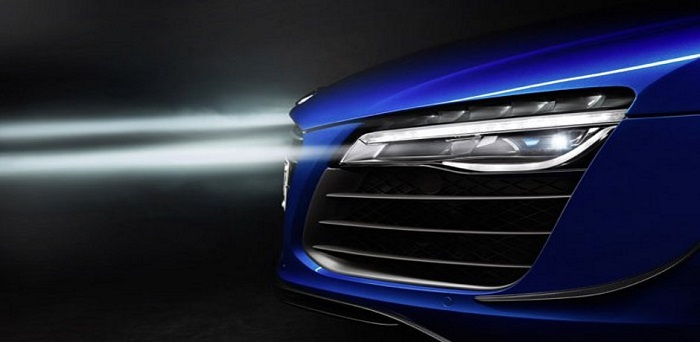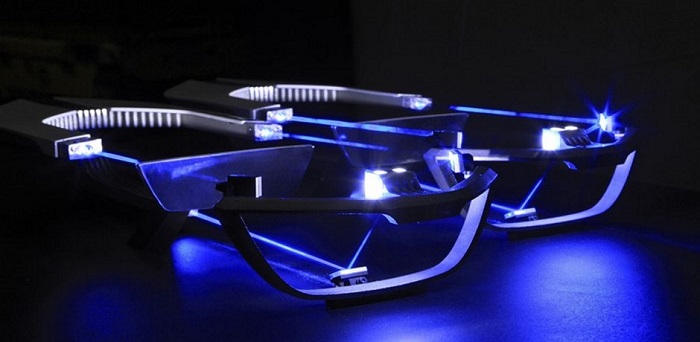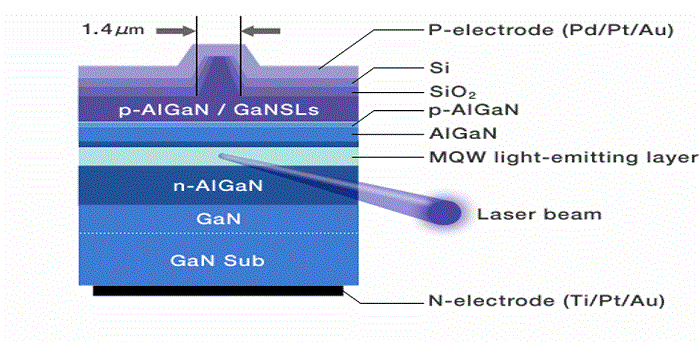Automotive lighting systems have revolutionized cars over the past 45 years, beginning with regular tungsten filament bulbs and pioneering their way in the 1970s to Halogen gas bulbs that create a brighter light output. In the early 1990s, Xenon technology doubled the light output and introduced us to the blue-white twinkle the Fast and Furious generation craved.
While LEDs are still a relatively new illumination method on most luxury vehicles, they approximately double the output of a Xenon lighting package, consume less electricity, and last longer, a requirement for any electric car.

Now, luxury brands BMW and Audi are vying to incorporate laser headlight technology into their vehicles. BMW has made LEDs an option on their new i8, while Audi has made them available on a special edition R8 LMX. However, both vehicles can only be optioned with the lights in Europe because of an archaic law in the U.S. that states headlights can only have high and low beams. Laser headlights promise a lighting distance upwards of 1500 feet and the ability to switch from high to low beams, and provide a “spot light” much further out than a standard high beam.

You are probably thinking, “Won’t lasers blind people?” These systems are designed to be completely safe and though each may vary a bit, essentially the lasers are fired into a mirror that reflects into a phosphor element which turns the sharp blue light into a bright white light at 5500K.

The Gallium Nitride laser, deemed for the vehicles, is capable of producing the bright light through a wave set up perpendicular rather than alongside itself, thus illuminating the edges. This technology allows for an ultra-efficient lighting system that only uses 30 watts or less compared to a 120 watts used for Halogens.
As technology continues to evolve, we may be seeing this type of lighting in all aspects along the road. The first step, however, is to get it legal in the U.S.
By Aaron LaBarbera
Advertisement
Learn more about Electronic Products Magazine





